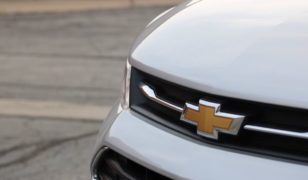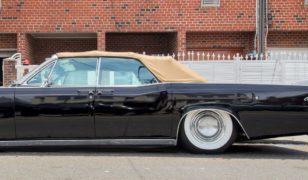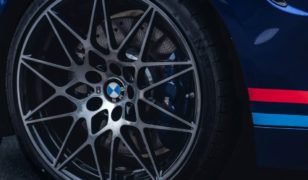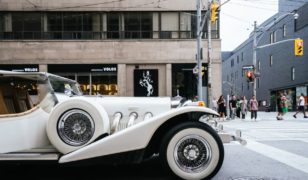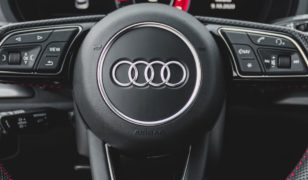A Look At The Renault Twingo: Pioneer Of Town Cars
The Twingo Came To Test The Market And Ended Up Staying Much Longer
A whole way back more than 20 years ago, long before a class of cars named the “city car” blossomed, Renault brought around a 3.4 meter, three-door, left-hand-drive-only car. It was named the Twingo.
Today this class has a helluva lots of many diverse cars it is almost unnecessarily concentrated.
Offered with only one engine and in one trim level, the 1992 Twingo was a bold, characterizing and utterly distinctive urbanite denoting simplicity, compactness, value and abundant flair.
It was more desirable and revolutionized this class of cars. Several years down the line, in 2007, to be specific, the second-generation Twingo came around but never made as much a noticeable thing as its. This forced Renault to design a better-packaged, more original replacement.
A rear-engine platform was favored. Twingo having its engine has allowed it to create more space for the front wheels to turn.

As a result, the Twingo can turn on a sixpence, making parallel parking not just easy, but genuinely enjoyable. We do, however, wish the pedals operated with more precision, because as it is the Twingo is a bit too easy to stall.
The modern Twingo is as modern as we would like it. For instance,you can use your smartphone for satellite navigation and music since Renault offers a free R and Go app that purpose.
The heater controls are simple to use, and while the plastics are rather hard and scratchy you can add various colorful panels to brighten things up. Twingo is no longer the only player in this space but ultimately retains the crown for pioneering a class that is now well established.


